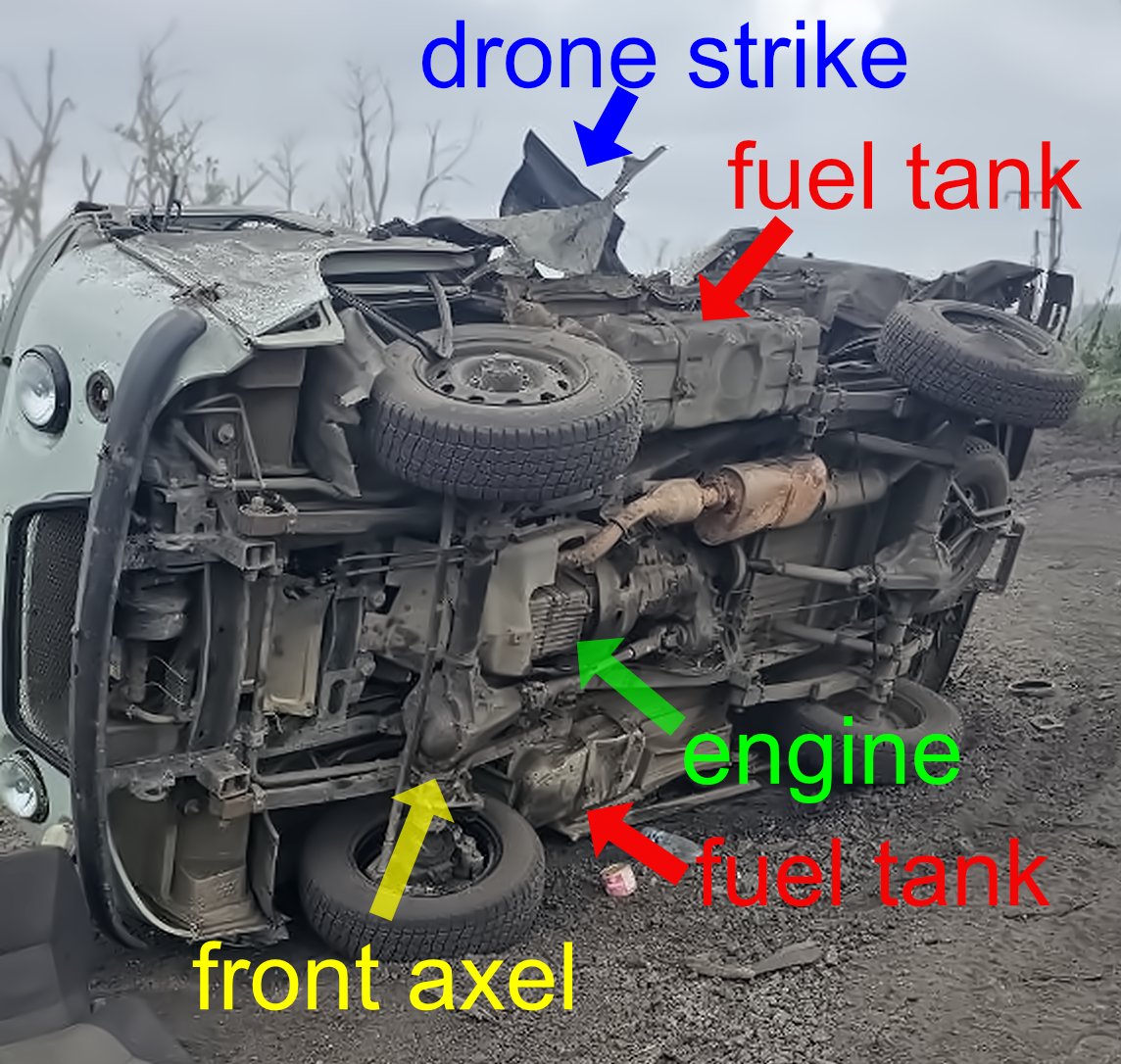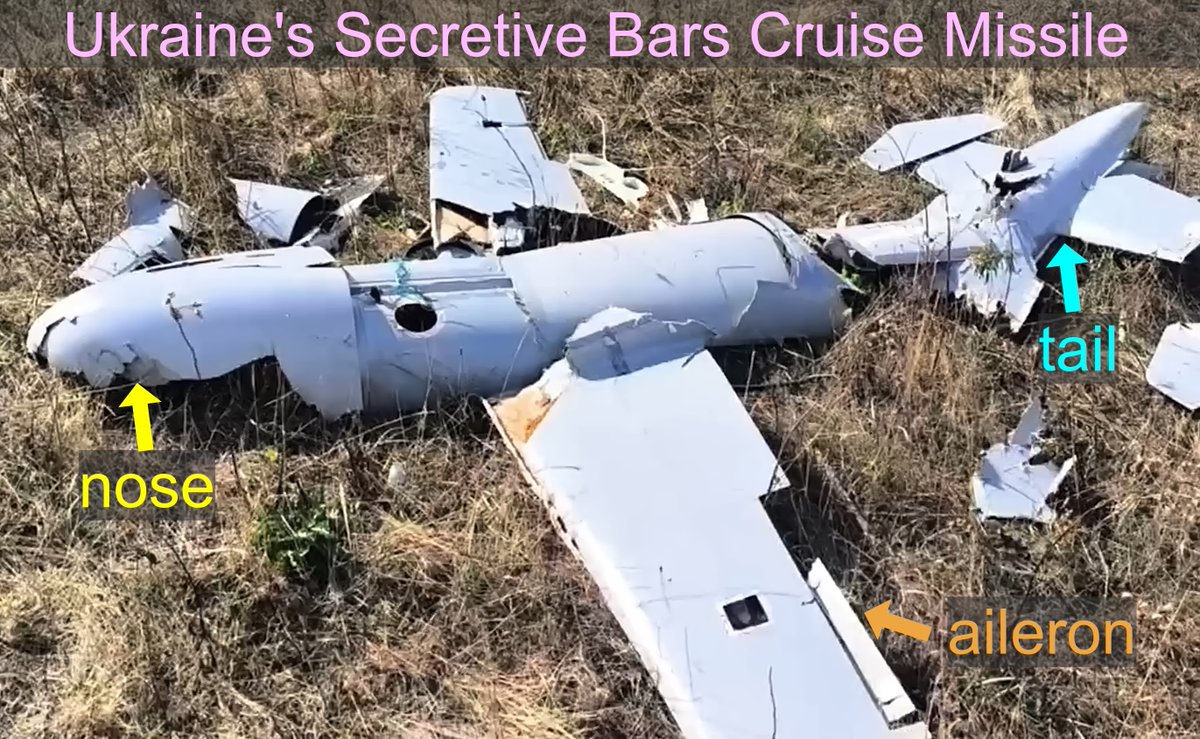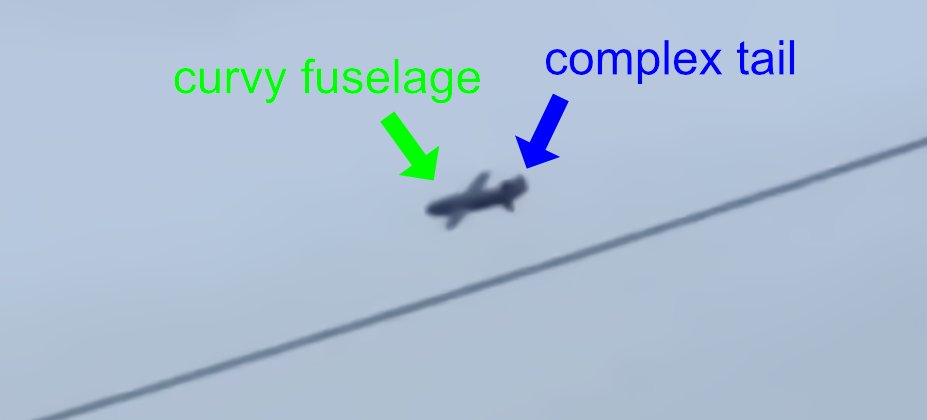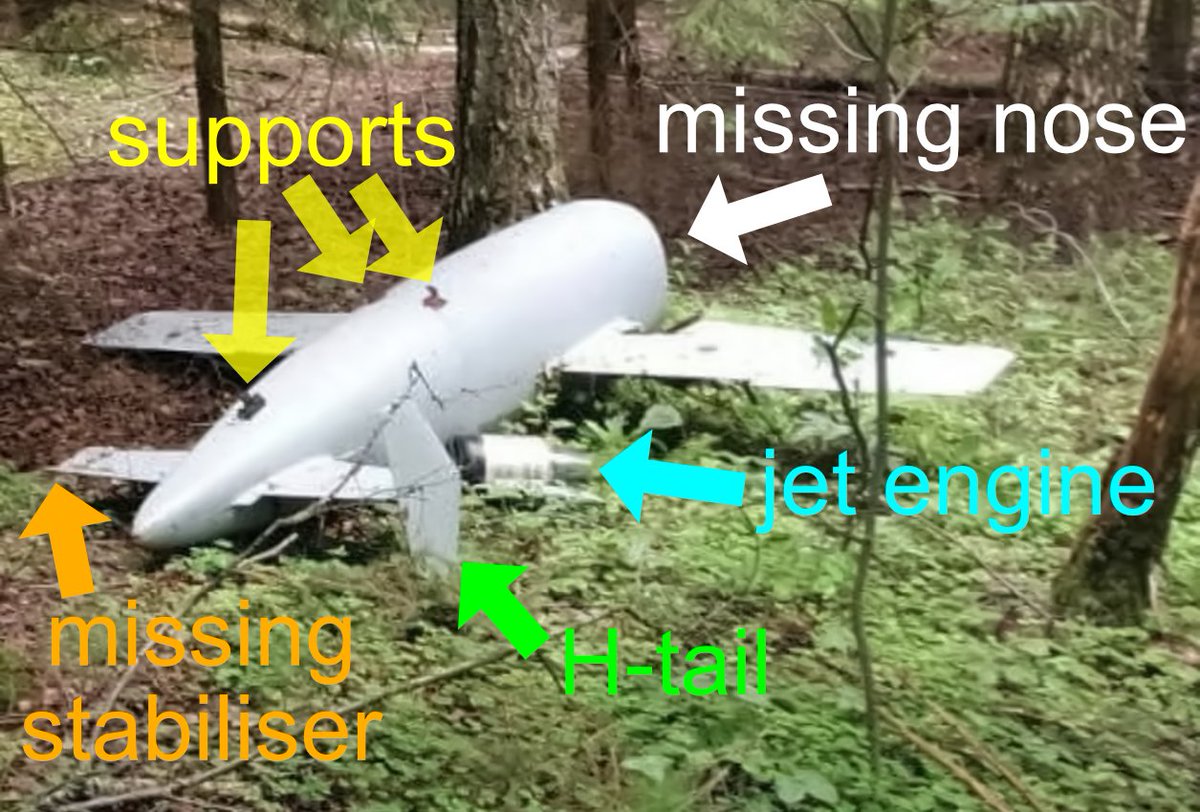1. The Loaf (Bukhanka), a van designed in 1965, has become russia’s main battlefield transport vehicle. The Loaf reveals a lot about how well russia is doing in Ukraine. 

2. The Loaf has been produced since 1965 in several variants. Four-wheel drive is its most interesting feature, otherwise it is extremely basic. All ages of Loaves are seen on the battlefield: ancient to brand new. A 112 HP petrol engine means it is not fast. 

3. The suspension is prehistoric. It has solid axels with leaf spring front and rear. Although it has a sway bar, this vehicle is unlikely to be good for high speeds. The Loaf is easy prey for Ukraine’s FPV drones. 

4. An FPV drone knocked this Loaf onto its right side. This view of its underside shows the central engine along with the front and rear solid axels. There are no skid plates. More relevant, there is an unprotected fuel tank on each side.
t.me/petrlundstrem/…

t.me/petrlundstrem/…

5. The russians use Loaves to supply front lines and to escape from shelling. Hitting a fuel tank with an FPV drone will burn the Loaf. More importantly, it will burn what the Loaf is transporting including personnel, equipment, ammunition and weapons.
t.me/i_strelkov_202…

t.me/i_strelkov_202…

6. Why is russia using antiquated vans in a war? Fortunately, russian sources are exceptionally forthcoming when discussing Loaves because these vehicles are bought using donations and delivered by volunteers.
t.me/sudoplatov_off…

t.me/sudoplatov_off…

7. Russians state, “The delivery of ammunition and the removal of the wounded is simply impossible now without such vehicles. Large military vehicles are instantly attacked by FPV drones, which fly in swarms and fly 10-20 km from the LBS to our rear.”
t.me/fronttyagach82…
t.me/fronttyagach82…
8. Life of a Loaf is short. One group was happy their Loaf made 3 trips before being burned. Another says, “A year ago we made a purchase of vehicles for fighters - and now there is not a single one left. They do not last long in combat conditions.”
t.me/talipovonlineV…

t.me/talipovonlineV…

9. Ukrainians talk about Bukhankocide. “One of the roads of death for Russian logistics. Almost all transportation is on loaves and golf carts. Thanks to the good work of drones & artillery all the field roads and woods are littered with burned-out cars.”
t.me/gostrikartuzy/…
t.me/gostrikartuzy/…
10. Russia soldiers are burning through these vehicles, “The highest priority is the supply of vehicles - their shortage is now felt most acutely.” But this demand is driving up prices. A new Loaf is 1.5M rubles (about US$15k).
t.me/boris_rozhin/1…

t.me/boris_rozhin/1…

11. Russians say they desperately need Loaves to deliver supplies & transport personnel because there are no other resources. That is, they are not using armored vehicles because they do not have them. What happened to russia’s huge store of armoured vehicles? 

12. The large-scale use of donated Loafs strongly suggests russia’s military is running low on armoured vehicles. Russian Telegram channels support this claim. Ukraine is destroying russia’s logistics by burning their Loaves.
13. A Loaf is likely great on a farm or for camping but its widespread use by russian soldiers indicates a serious lack of military vehicles. We know the Loafs are important to russians because they are now mounting (possibly incorrectly) electronic warfare systems on them. 

14. Reading what the russians say about these vehicles is very insightful. Have a look yourself. If you found this thread interesting, please repost as a quote. Comments are appreciated. Also see my previous threads listed under, “Highlights” 

• • •
Missing some Tweet in this thread? You can try to
force a refresh






















